
Natural Building is rather a broad subject. It takes in everything from strawbale building to cobb, light earth, rammed earth, roundwood construction, earth floors and mud and lime wall renders, just for starters.
We figure it’s best to dive straight in, and get hands-on while you get your head around these different construction techniques. Here’s some photos from our last Natural Building course, with a big crew of students doing just that…
Strawbale wall construction (in this case, infill, but you can see our load-bearing strawbale roundhouse construction here) – once you actually do it, you get it.
And you may not ultimately use strawbale building in your next building project, but you understand what’s involved, and when to use it, and when not to.
Then there’s roundwood construction – using the whole timber, as it is. Quick-sticks (sometimes) construction that humans have been using since the beginning of building stuff.
In our Natural Building course we build a portable reciprocal roundhouse – it’s a great way to get your head around self supporting roof structures, and understand that you can make a very strong shelter in a very short time using very simple materials, if you really need to.

The requisite ‘near storm’ that seems to go alongside any outdoor construction we do. Yet again, it nearly poured, but didn’t. Whew.
Light earth is another simple and very effective wall building technique – basically it’s a mix of straw and mud, pounded down into formwork.
The result, once dry, is a strong and cheap wall that is a balance between thermal mass and insulation.
Once you become friends with clay and mud, you begin to understand how powerful it is in construction techniques.
Mud and straw can make cobb. Or mudbricks. Or light earth.
Earth and/or mud by itself can become rammed earth walls, or earth floors. Or breathing renders for strawbale walls.
The possibilities for non-toxic, low foot-print, healthy homes created with natural materials really are all around us.
It’s just a matter of how you choose to approach things. And good knowledge.
Somehow all this hand-on learning fits into four days, or actually half that time – there’s an equal theory component that has Sam Vivers explaining the details of each construction technique as well as design techniques and principles.
All in all, it’s a pretty full four days of getting dirty and note taking and making and building and thinking and talking and learning.
Bring on the mud.
We now run Natural Building courses on the NSW south coast, a few hours south of Sydney.
 Big thanks to Sam Vivers and his crew for leading us all once again through this knowledge. And to the fabulous crew of students who came along to learn and do at our Autumn 2014 Natural Building course. Legends!
Big thanks to Sam Vivers and his crew for leading us all once again through this knowledge. And to the fabulous crew of students who came along to learn and do at our Autumn 2014 Natural Building course. Legends!
And to the always awesome Milkwood crew who kept everyone fed and watered and magically made all construction materials show up at just the right time and place.
All our articles about Natural Building are here…












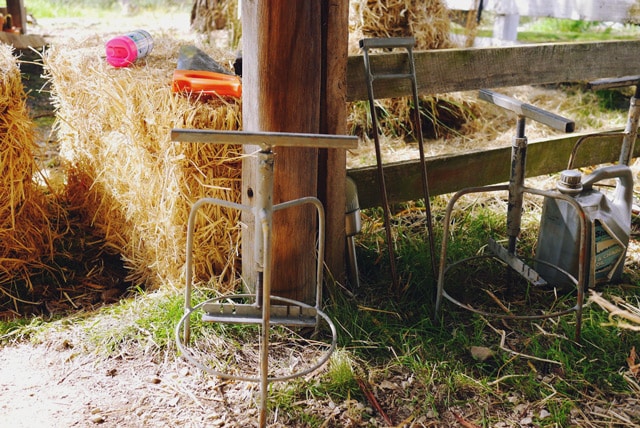
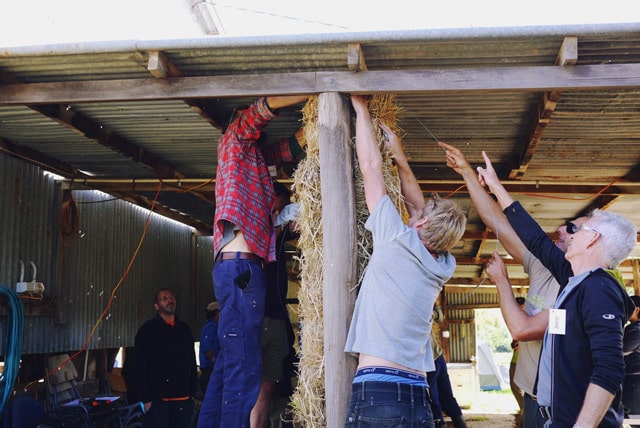
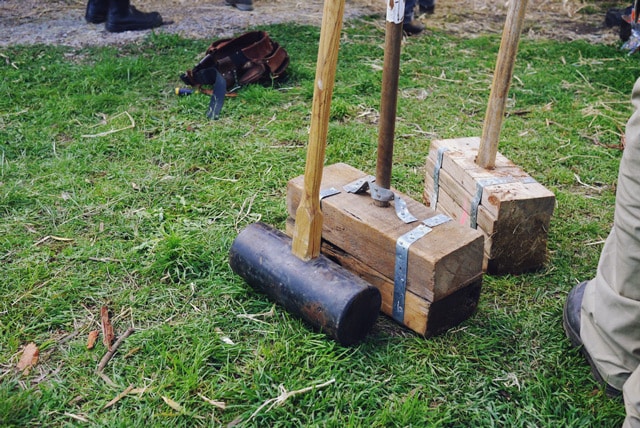




















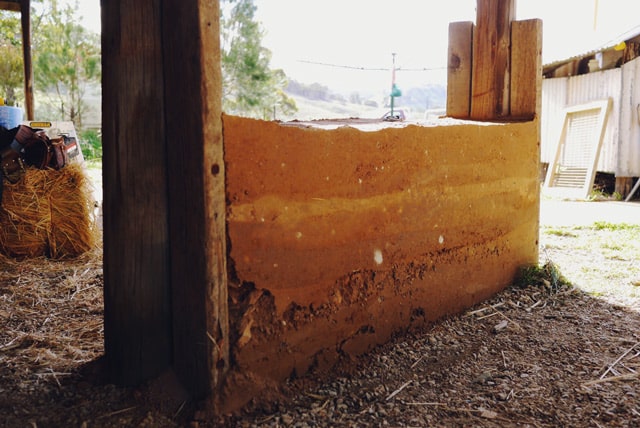


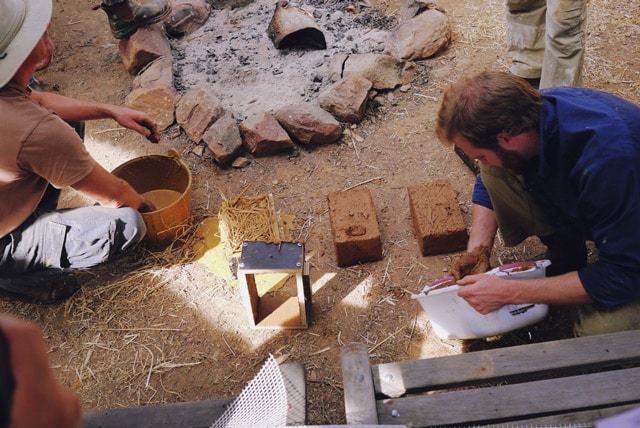

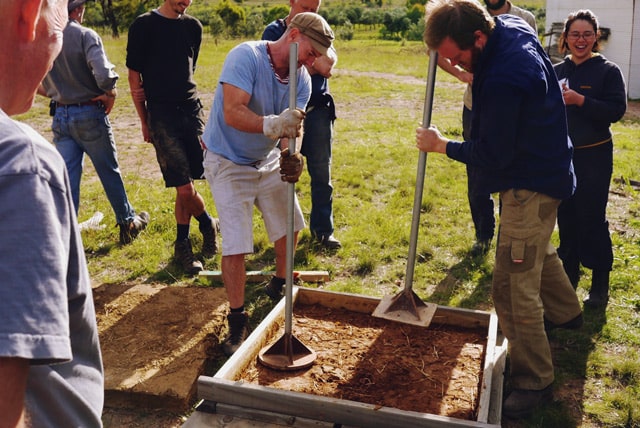



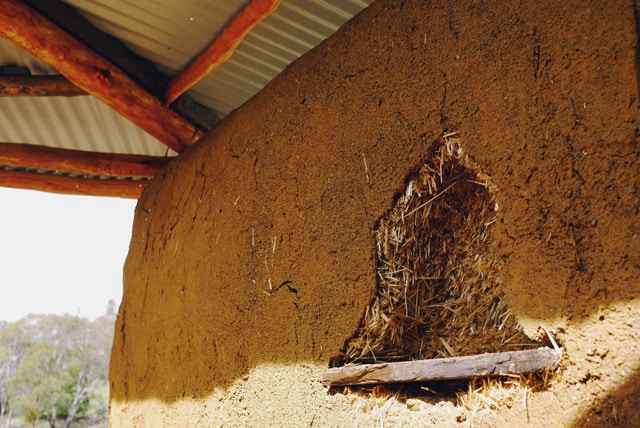


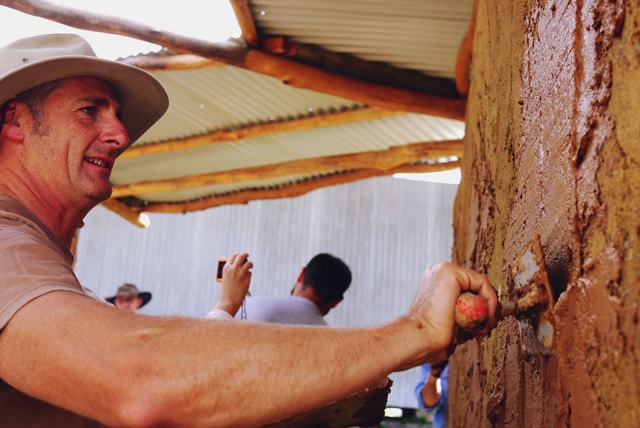




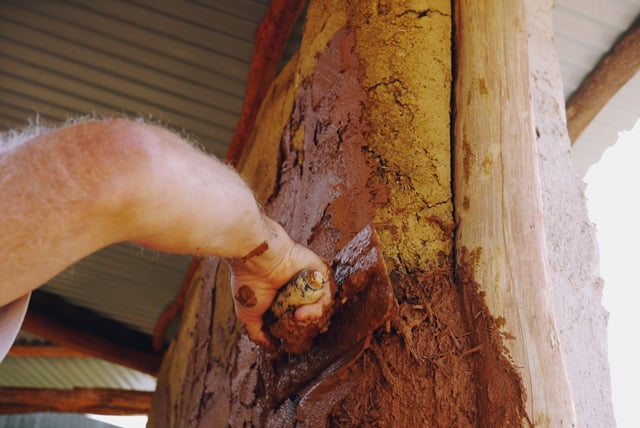

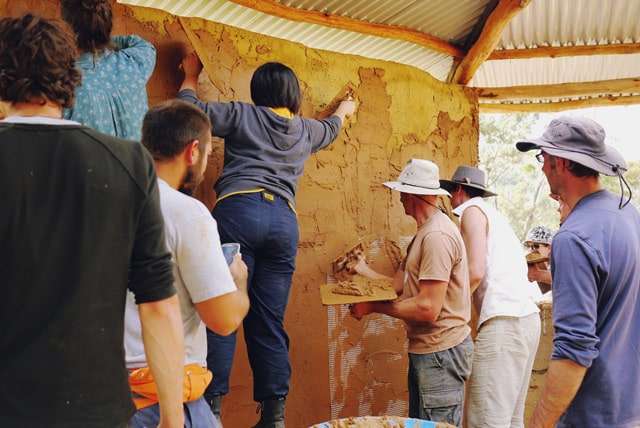














Fabulous! I would love to take a class like yours here in the U.S. Thanks for posting.
Recently i have become very interested in alternative building methods along with alternative energy, food and other interesting things society seems to have forgotten. We have a huge go green project happening at our home and have done a ton of research on things like cob building, rocket mass stoves and alternative ways to do things like heat or pump water without electricity. There’s a ton on ways to do things and just because one way is the normal way, that doesn’t mean other ways of doing things can’t be rewarding too, not to mention get the job done and… Read more »
yep build with straw and you can turn your house into a tinder box everytime, what kind of fire retardant do you use or type of wiring? straw something mice really love to use. straw is okay if your in a pinch but I would stick to less fire feeding stuff.
CSIRO, the chief government scientific body in Australia, have conducted significant testing on the impact of fire to strawberry dwellings. From memory they compare very well with buildings using more conventional techniques. If you are interested have a search on their site.
Um, compressed strawbale walls have the same fire rating as brick… is in, they don’t burn…
I know that cob and other variations, adobe for instance, dry into a hard surface similar to stucco. The clay provides a hard fire protection as well as thermal heat or cooling protection. Adobe or cob houses will stay cooler in the summer and warmer in the winter thanks to the earth packed or straw covered walls. This building method has been used for perhaps thousands of years and cob homes are still very popular in some parts of the world where it is no longer necessary to build this way. Google Cob House and take a look at some… Read more »
Congratulations…Great project,,great energy and a great result.
Well done team and thanks for sharing.
Cairns Milkwood Fan
im building to meet council standards, Moreton Bay Council Queensland. Can you use an earthen floor in a bathroom that must be sealed and approved as a wet area?
Hmm. Better ask an expert on that – all the wet areas I’ve seen in earth floor houses have either been sealed with a plasicised sealant, or been concrete –